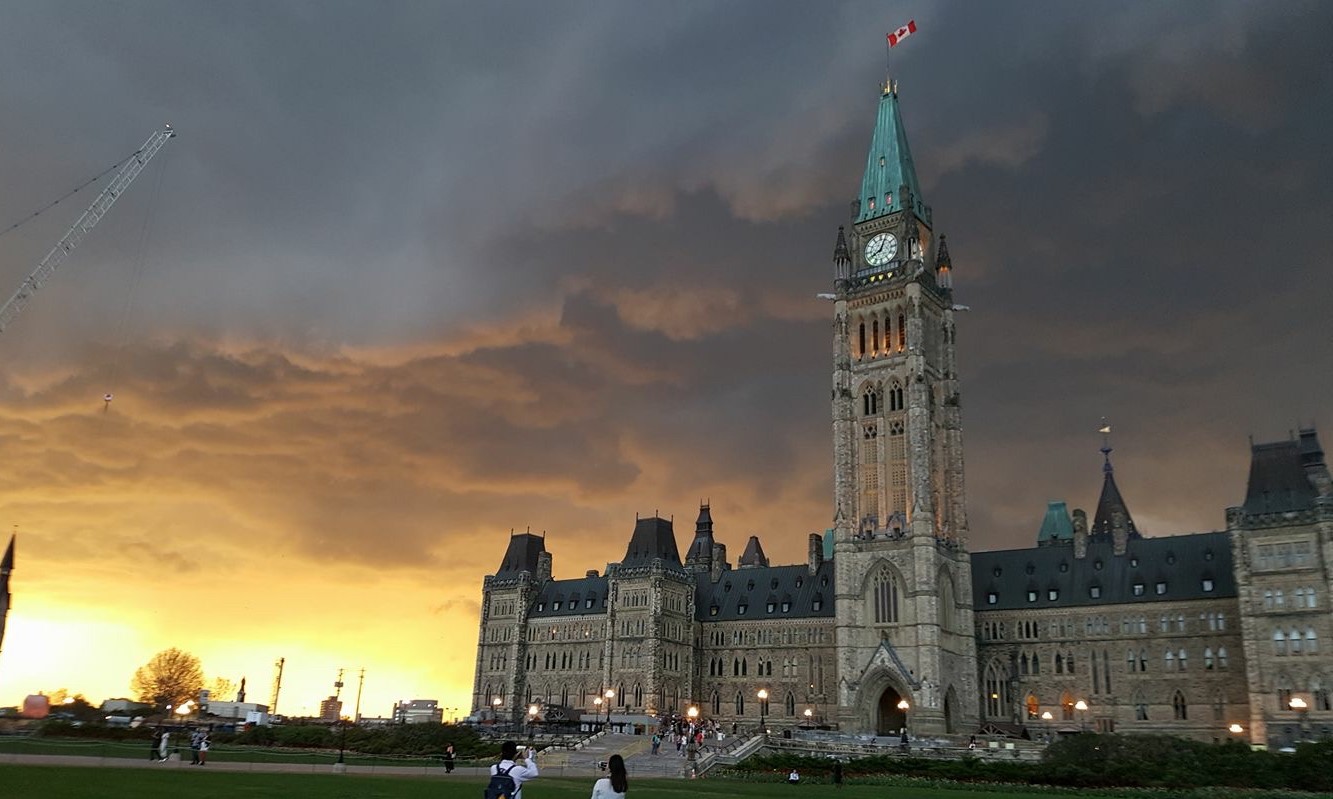
Budget 2022’s Policy, Program and Legislative Reviews
Last week, Canada’s Deputy Prime Minister and Minister of Finance Chrystia Freeland introduced the Liberal government’s 2022 Budget, A Plan to Grow Our Economy and Make Life More Affordable. While there are many big-ticket items included in the Budget – namely a new national dental care program – not to be overlooked is also the inclusion of a number of policy, program, and legislative reviews.
Reviews are an important indicator of policy changes, or cost savings and reallocation of resources. The government may also conduct a review to inform its decision-making on the future direction of spending. By launching a review, the government creates the opportunity to align resources with new or shifting policy objectives.
In certain cases, the policy and program reviews signal the breadth of savings and effectiveness which suggest the government is looking to recalibrate after major spending in response to the COVID-19 pandemic. In other instances, the government is targeting emerging policy considerations by way of legislative reviews.
While the government announced several policy, program and legislative reviews, such as Canada’s defence policy, here are four less publicized – but very significant – reviews announced in Budget 2022:
1. Strategic Policy Review
Budget 2022 announced the launch of a comprehensive Strategic Policy Review led by the Treasury Board. The review will consist of two streams:
- Stream 1: assess the effectiveness of programs in fulfilling the government’s priorities of stimulating economic growth, encouraging inclusiveness, and combating climate change.
- Stream 2: identify areas to save and re-distribute resources to adapt programs and operations to Canada’s post-pandemic reality, including real property, travel, and digital service delivery. Key lessons learned during the pandemic will be considered, notably the government’s shift to virtual and remote work.
The review will target savings of $6 billion over five years, and $3 billion annually by 2026-27. An update on the review will be included in Budget 2023.
2. Review of Planned Spending
In the context of the government’s commitment to wind down COVID-19 emergency measures and normalize overall program spending, Budget 2022 announced that the government will review previously announced spending plans to ensure programs reflect changing environments, including “a stronger than anticipated economic recovery.” This initiative aims to reduce the quantity and schedule of unspent finances in the fiscal framework by up to $3 billion over the next four years. The 2022 Fall Economic and Fiscal Update will provide an update on this review.
3. Review of Tax Support to R&D and Intellectual Property
Budget 2022 also committed to undertaking a review of the Scientific Research and Experimental Development (SR&ED) Program. This program employs tax incentives to encourage Canadian businesses, regardless of size and sector, to engage in research and development (R&D). The review aims to ensure that the program effectively promotes R&D that is beneficial to Canada, while also examining program areas that can be modernized and simplified. Budget 2022 specifies that the review will consider whether adjustments to eligibility criteria would result in adequate support and program efficiency. Concurrently, the government will explore the role of the tax system in promoting the creation and retention of intellectual property resulting from R&D. The government will also consider instituting a patent box regime.
4. Addressing the Digitalization of Money
In response to the growing use of digital currencies, assets and financial services, Budget 2022 announced that the Department of Finance will lead a financial sector legislative review aimed at the digitization of money and upholding the stability and security of Canada’s financial sector. The initial phase will consider digital currencies such as cryptocurrencies and stablecoins. The review will cover several areas including how to adapt the financial sector regulatory framework and toolbox to address new risks stemming from digitalization, how to maintain the stability and security of the financial system as a result of these new technologies, and the possible requirement for a central bank digital currency (CBDC) in Canada.